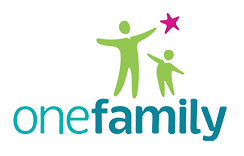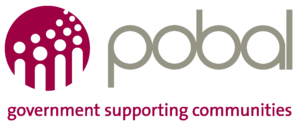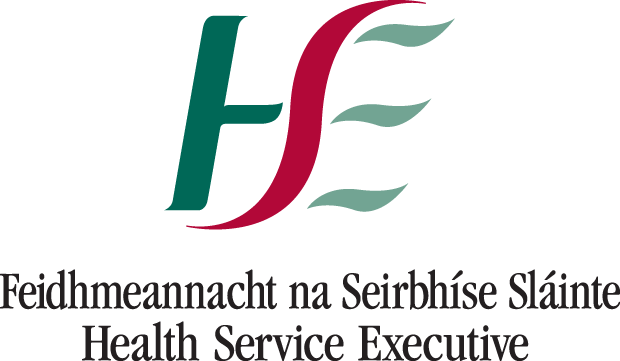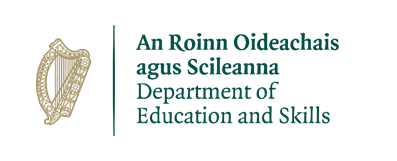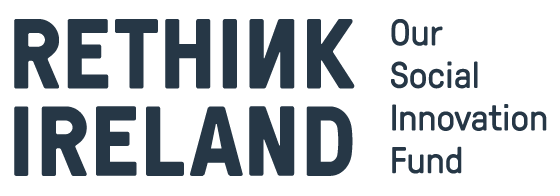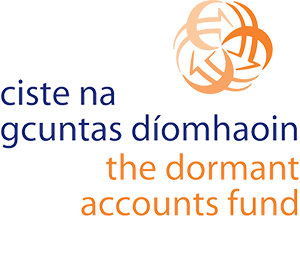Creative Therapy: Play and Art Therapy
Creative Therapies: Getting Started
What Parents of Children seeking to engage in One Family’s Creative Therapy Service can expect from One Family:
- A formal referral form should be submitted to One Family, this will be reviewed by the Practice Manager and then allocated to the Play/Art Therapist to follow up.
- One Family are legally obliged to seek dual consent for all children engaging in services. If a child has two legal guardians, both parents will be directly contacted by One Family to engage them in consent.
- If one parent is not a legal guardian however plays an active role in the child’s life we will also talk with them about consent, as we would deem that to be in the best interests of the child.
- Children need the support of both parents where possible in order for them to gain the most from therapeutic supports.
Gaining Consent for Children and Young People:
One Family need to have proof of identity of both child and legal guardian(s):
- Copy of photo ID for one or both legal guardians (Passport or driving licence).
- Copy of your child’s birth certificate for the verification process.
Once this is in place you can expect the following to happen:
Meeting the Therapist:
- Both legal guardians/parents engaged in the day-to-day life of the child will be invited to meet with the play or art therapist who will be working with your child. Ideally this meeting will take place in person.
- In this meeting the parent/legal guardian will sign the Consent forms required.
- The therapist will also complete an assessment form with you (SDQ) and talk with you to gain some insight into your child’s life to date and presenting issues that you feel your child may need support with.
The therapist works directly with the child only in most cases and will engage with you around the therapeutic process only.
Therapeutic Sessions:
- Once the process is complete, your child will be offered a weekly session time and you will be asked to contribute €5 per session.
- Your child’s session will take place at the same time every week for 12 weeks and then the therapist will review. This will involve completion of the assessment again – SDQ.
Review and Feedback:
- Following review some children will remain in the service for an extended period, while others will leave.
- Both you and your child will be invited to offer feedback on the service through our Evaluation Forms.
Family Support Worker:
- The parents will be allocated a Family Support Worker at the start of the process. This is the person you engage directly with when there are issues or challenges ongoing for you in your parenting or shared parenting relationship that are affecting you or your child.
- The Family Support Worker can offer you a listening ear, can engage you with group parenting courses in One Family and with one to one supports as deemed necessary and supportive to you and your family.
Things to Consider:
- One Family do not offer court reports.
- If there is a Court Assessment Report (Section 32 (1)(a) Report, Section 47 etc) ongoing, One Family may agree with the parent to wait until the report is finished before engaging the child in the services. Ideally therapeutic supports would be a recommendation of such a report.
- If there is a Safety Order, Protection Order or Barring Order in place, One Family will apply our Domestic Violence screening before engaging with the child.
- If Tusla are engaged in any form of active/open case regarding Child Protection One Family will require the contact details of your child’s social worker.
- At times the presenting parent may need to apply to the court to ‘dispense’ with dual consent. This allows therapeutic supports to be put in place when it is deemed in the best interests of the child.
Play Therapy
What is Play Therapy?
Play therapy uses play, children’s natural way of expression, to help them express their feelings more easily through toys instead of words. Children can use art, clay, movement, sand play therapy and imagination in the therapy room. Play Therapy helps children on their healing journeys, taking the past and moving forward to heal themselves.
Play therapy may be non-directive (where the child decides what to do in a session, within safe boundaries), directive (where the therapist leads the way) or a mixture of the two. Play therapy works with children who cannot, or do not want to talk about their problems.
How is a Play Therapist accredited and trained?
To become a PTIrl Certified Play Therapist a minimum of 200 hours of supervised clinical work is required whilst in training. A total of 450 hours are required to become a PTIrl Accredited Play Therapist.
What kind of issues can Play Therapy support a child/young person with?
Some of the issues that Play Therapy can help a child with are Autism (ASD), ADHD, ADD, communication skills, low self-esteem, separation/divorce, social and behavioural issues, anxiety, trauma.
Art Therapy
What is Art Therapy?
Art therapy is a therapeutic intervention that supports children to express big feelings and emotions, in a safe, non-judgemental space.
How is an Art Therapist accredited and trained?
Art Therapy is accredited by IACAT (Irish Association of Creative Art Therapists). All practicing art therapists are required to be trained to master’s degree (Level 9) and a professional registered member of IACAT.
What kind of issues can Art Therapy support a child/young person with?
Children often find it difficult to put into words, how they are feeling; Art therapy can help them gain a clearer understanding of their emotional well-being by processing thoughts, and feelings through the medium of art. It also helps them to self-regulate and recognise self-awareness as well as build their confidence and strengthen self-esteem.
